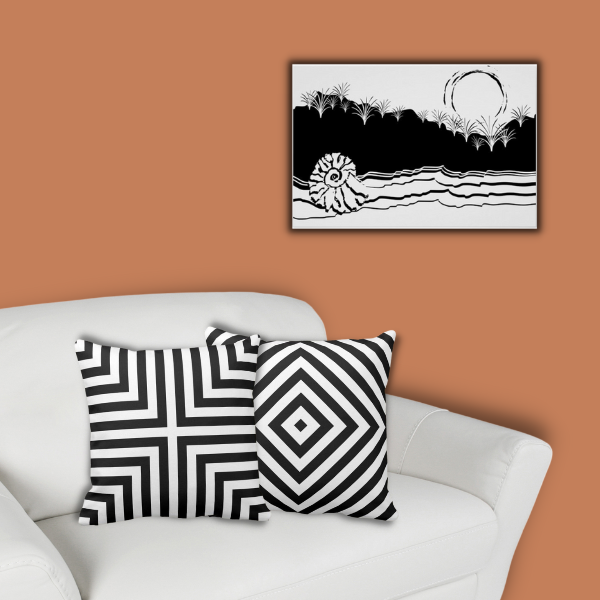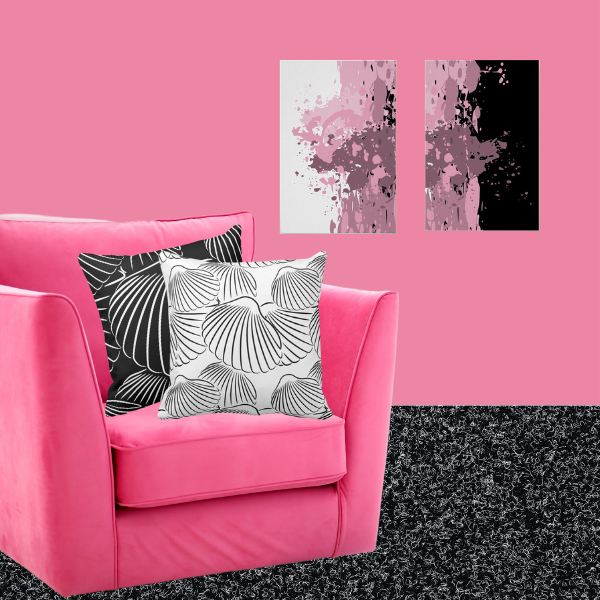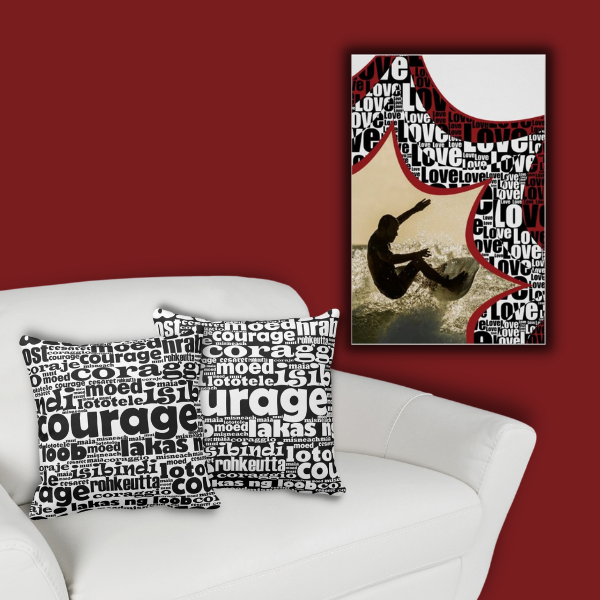In this article, we will explore – What is white color? -, its meaning, and the psychological effects it has on people. We will also discuss its practical application in interior design.
White is a color that is often associated with purity, cleanliness, and clarity. It is one of the most widely used colors in interior design, due to its versatility and ability to create a range of effects.
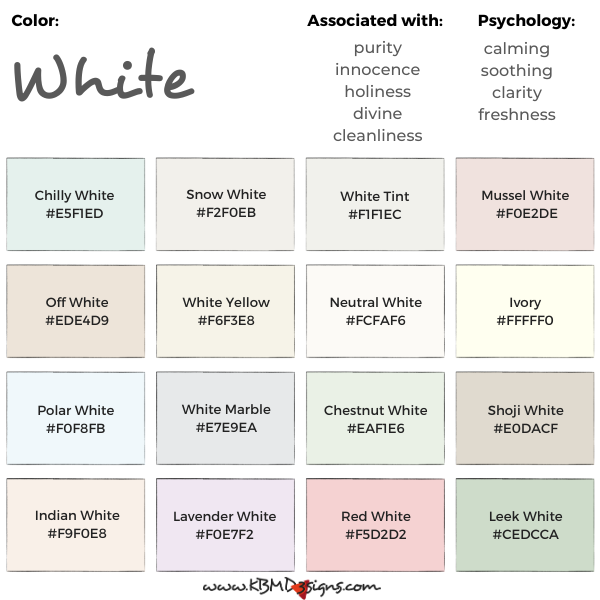
Chilly White #E5F1ED, Snow White #F2F0EB, White Tint #F1F1EC, Mussel White #F0E2DE, Off White #EDE4D9, White Yellow #F6F3E8, Neutral White #FCFAF6, Ivory #FFFFF0, Polar White #F0F8FB, White Marble #E7E9EA, Chestnut White #EAF1E6, Shoji White #E0DACF, Indian White #F9F0E8, Lavender White #F0E7F2, Red White #F5D2D2, Leek White #CEDCCA
First and foremost, white is the absence of all colors. It is a neutral color, and unlike other colors, it does not have a specific wavelength. White is created by reflecting all wavelengths of light equally, which is why it is also known as a reflective color.
The Meaning of the Color White
In terms of its meaning, white has long been associated with purity and innocence. This is due to its use in religious and cultural contexts, where it symbolizes holiness and divine presence. White’s association with cleanliness, is why it is a common color for hospitals, clinics, and other sterile environments.
Psychology of White Color
When it comes to its psychological effects, white is often seen as calming and soothing. It can have a sense of clarity and freshness, which is why it is a popular choice for minimalist and modern designs. White can also create a sense of spaciousness, making it ideal for small rooms or areas with limited natural light.
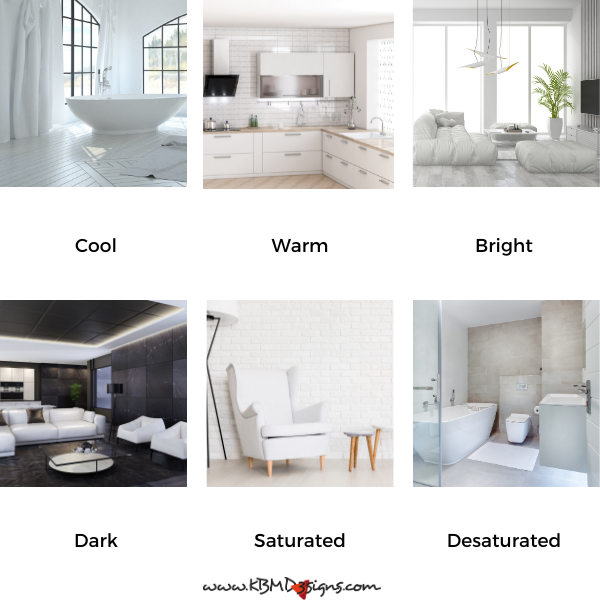
Practical Applications of White Interior Design
One of the practical applications of white in interior design is its ability to complement other colors. It can serve as a neutral backdrop for bolder colors, allowing them to stand out and create contrast. White also reflects light, which can help to brighten up a space and make it appear larger.
Black, White and … Home Decor
- Green and white circle-patterned pillows and square nature photo
- Beach art and set of two pillows with a nested box pattern
- Splatter art with a set of shell-patterned pillows
- Courage typography patterned pillows and a surfer art
- Square art and diamond patterned throw pillow
- Minimalist circle patterned accent pillow and square coastal photo
- Tiger photo print and circle and stripes patterned pillow
However, it is important to note that too much white can have negative effects. In some cases, it can create a sterile and cold environment, making it less inviting and welcoming. It can also develop a sense of emptiness and lack of warmth, which is why it is crucial to balance white with other colors and textures. Find here throw pillows patterned with color pairs such as blue, yellow, red, turquoise, pink, purple, brown, orange, gray, green, and black.
In Conclusion, What Is White Color?
In conclusion, white is a versatile and widely used color in interior design. It has a range of meanings and psychological effects, from purity and cleanliness to calmness and spaciousness. When used effectively, it can create a beautiful and inviting space. However, it is important to be mindful of its potential drawbacks and to balance it with other colors and textures.
FAQs Exploring the Versatility of White in Interior Design
White is a versatile color in interior design and can evoke a number of psychological effects. Often associated with purity and cleanliness, it creates a sense of freshness. In addition, white can evoke a sense of calm and serenity, making rooms feel quiet and peaceful. It also has the ability to visually expand and open up a room. This creates a sense of spaciousness.
To create a beautiful and inviting space, use white as the dominant color on walls, ceilings or large furniture. Pair white with soft, complementary colors such as pastels or muted tones to add warmth and depth to the room. To keep the room from feeling too sterile, incorporate textures such as textiles, wood, or metallic accents. Personalize the space with art, decorative elements or colorful accessories to make it feel inviting and unique.
While white can enhance the aesthetics of a room, there are potential drawbacks to consider. White surfaces can show dirt, stains and wear more easily than darker colors and require more maintenance. Excessive use of white without balancing it with other colors can create a cold and clinical atmosphere. It’s important to strike a balance by incorporating other colors and textures so the space doesn’t feel too sterile or bland. In addition, consider the practicality of white in high-traffic areas, as it may require more frequent cleaning and maintenance.
Inspired by White
-

Black and White Color Palette Its Various Uses
Read the post …: Black and White Color Palette Its Various Uses -

Black And White Wedding Theme Stands The Test Of Time
Read the post …: Black And White Wedding Theme Stands The Test Of Time -

Modern Wine Themed Wall Decor To Customize
Read the post …: Modern Wine Themed Wall Decor To Customize -

Black And White Business Card Designs – How to Stand Out
Read the post …: Black And White Business Card Designs – How to Stand Out -
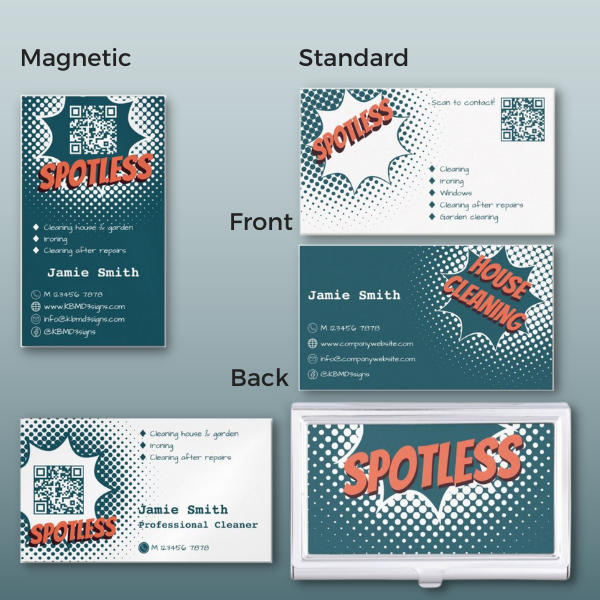
Cleaning Service Business Card & Marketing Collateral in Blue and White
Read the post …: Cleaning Service Business Card & Marketing Collateral in Blue and White -
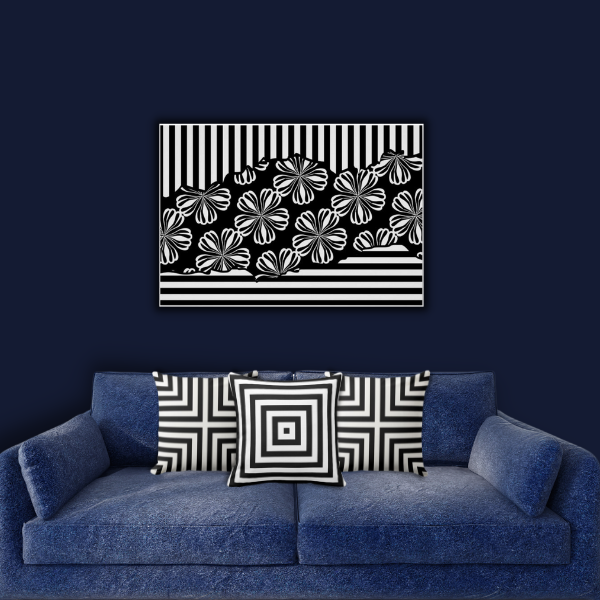
9 Black And White Wall Decoration Ideas For The Living Room
Read the post …: 9 Black And White Wall Decoration Ideas For The Living Room



